Stepcote Hill, located in Exeter, Devon, is one of the city’s oldest streets. This historic route has been a vital passage into Exeter from the river since Roman times. Over the centuries, it has seen countless pack horses and weary travelers make their way up its steep incline. Stepcote Hill’s rich history and well-preserved architecture offer a fascinating glimpse into Exeter’s past. The best time to visit is during the spring or autumn when the weather is pleasant, and the crowds are minimal, allowing for a more enjoyable exploration of this historic area.

Discovering Stepcote Hill: A Historic Journey
When I first arrived at Stepcote Hill, I was immediately struck by its ancient charm and historical significance. Here are five places you should not miss when visiting this remarkable street:
1. The Historic Houses
Walking along Stepcote Hill, you’ll find several historic houses dating back to the medieval period. These buildings, with their timber-framed facades and period details, provide a window into the architectural styles of centuries past.
2. St. Mary Steps Church
At the bottom of Stepcote Hill stands St. Mary Steps Church, a beautiful medieval church that has served the local community for centuries. Its clock tower, adorned with animated figures, is a notable feature.
3. The Merchants’ Houses
These grand houses once belonged to wealthy merchants who played a significant role in Exeter’s trade and commerce. Their impressive architecture reflects the prosperity of Exeter during the medieval and Tudor periods.
4. The Roman Wall
Parts of the original Roman wall that once surrounded Exeter can still be seen along Stepcote Hill. This ancient fortification provides a tangible link to the city’s Roman past.
5. Exeter’s Historic Quayside
Just a short walk from Stepcote Hill, Exeter’s historic quayside is a vibrant area filled with cafes, shops, and picturesque views of the River Exe. It’s an ideal spot to relax and enjoy the scenery after exploring Stepcote Hill.
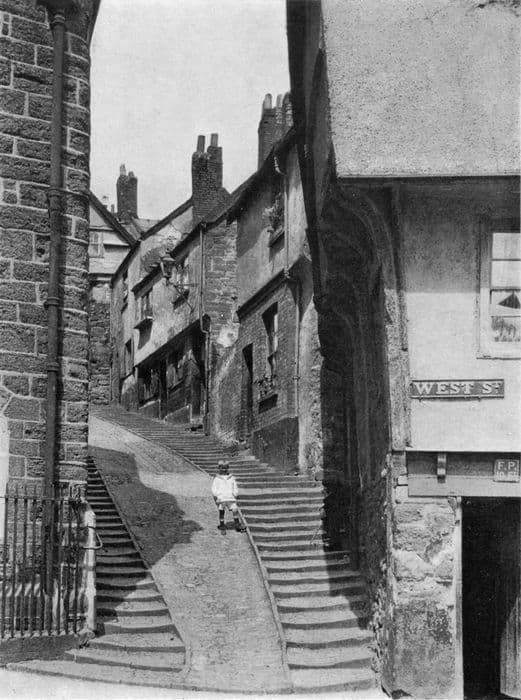
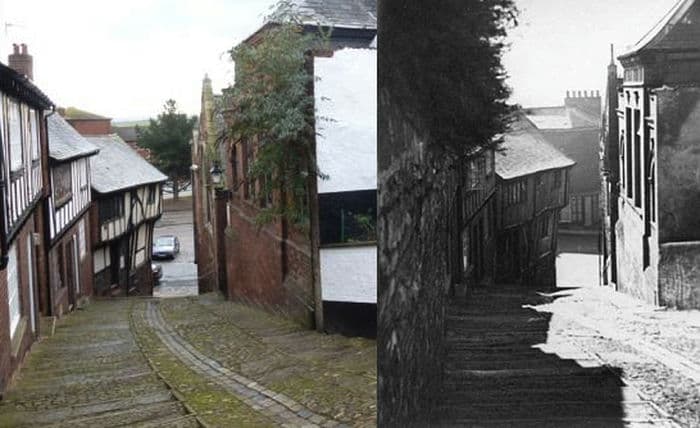
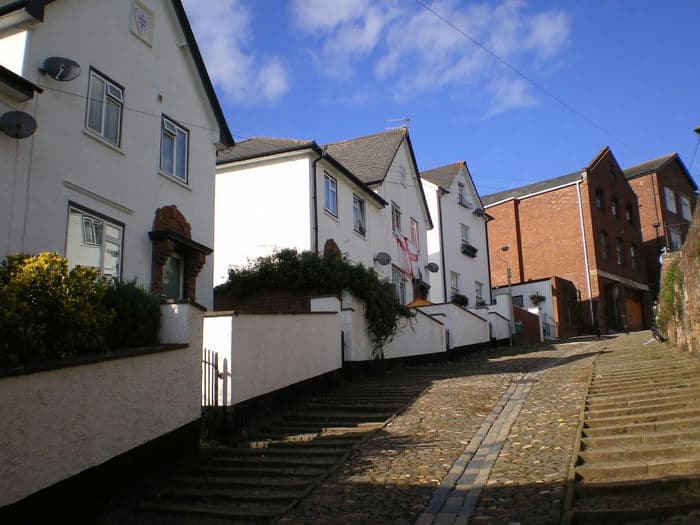
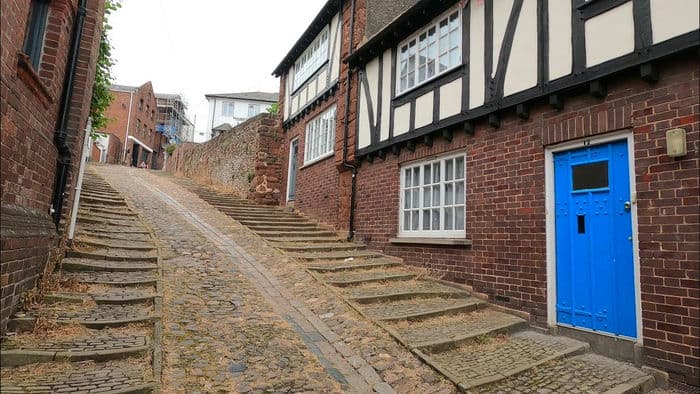
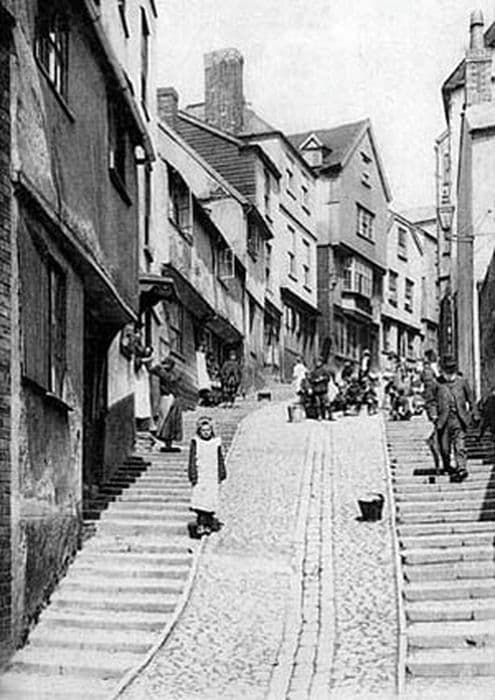
FAQs About Stepcote Hill
1. What is the history of Stepcote Hill?
Stepcote Hill has been used as a main route into Exeter since Roman times. It has served as a vital passage for pack horses and travelers, reflecting its long-standing importance in the city’s history.
2. When is the best time to visit Stepcote Hill?
The best time to visit Stepcote Hill is in the spring (April to June) or autumn (September to November). These seasons offer pleasant weather and fewer tourists, making it ideal for exploring.
3. What architectural styles can be seen on Stepcote Hill?
Stepcote Hill features a range of architectural styles, primarily from the medieval and Tudor periods. Notable examples include timber-framed houses and grand merchants’ homes.
4. What is the significance of St. Mary Steps Church?
St. Mary Steps Church is a medieval church located at the bottom of Stepcote Hill. Its clock tower, with animated figures, is a distinctive feature and has historical importance in the local community.
5. How far is Exeter’s quayside from Stepcote Hill?
Exeter’s historic quayside is a short walk from Stepcote Hill. It offers a lovely area to relax with cafes, shops, and beautiful views of the River Exe.
Stepcote Hill’s blend of historical depth and architectural beauty makes it a must-visit destination in Exeter. Whether you’re intrigued by its Roman roots or the medieval structures, this ancient street offers a rich and engaging experience.
